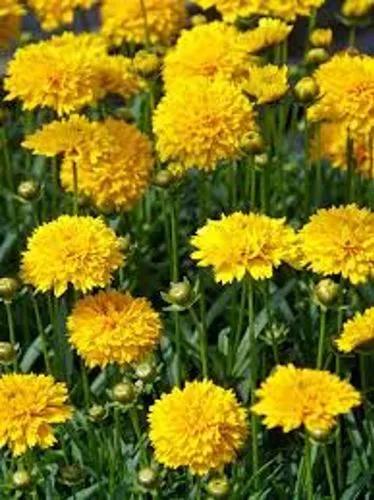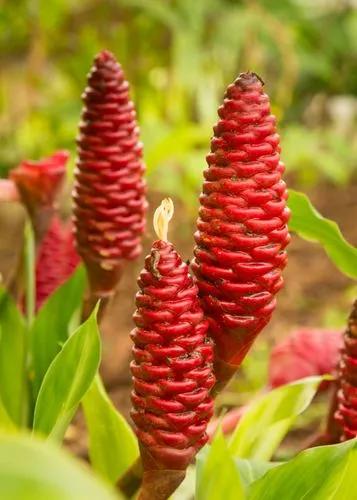The Mexican tulip or also known as rose of china or rose of syria is a plant belonging to the genus hibiscus. It has beautiful 5-petal flowers, which closely resemble a trumpet that can range from red to white. It is generally not taller than 5 m.
Tulipan Mexicano Care
Tulipan Mexicano
Other names: Rose Of China, Rose Of Syria



How to Care for the Plant

Water

To test and see if you need to water, place your fingers on the top of the soil; if it feels dry to the touch, it is time to water your Hibiscus. When growing Hibiscus outside water plant at least 3 to 4 times a week. Hibiscus plants require plenty of water. However, they do not like to sit in water. The Hibiscus plant likes the root ball to be well watered. When you water your Hibiscus avoid overwatering and allowing your plant to sit with “wet feet.” To prevent root rot plants should drain completely drain after waterings. Avoid using cold water, especially during winter months, when you water your hibiscus.

Pruning

Prune the branches of your hibiscus to maintain the desired shape. The only reason for trimming hibiscus or pruning Hibiscus is to encourage more flowers and keep the plant in balance. Pruning will also help to stimulate more growth and more shoots. To keep your Hibiscus plant looking healthy, establish three to four main branches of the plant. Select the most sturdy and upright branches when pruning and allow those to become the main stems of the plant. Remove any weak or sideways growing branches.

Fertilizer

Patio hibiscus plants respond well to balanced slow release fertilizer. If you want lots of flowers, you’re going to need to fertilize your potted hibiscus. Select a balanced slow-release fertilizer such as a 20-20-20 or a specially formulated Hibiscus fertilizer. Trace elements such as iron for plants and magnesium also help a growing hibiscus thrive. A water-soluble fertilizer at 1/2 strength can also be applied.

Sunlight

Full sun to part shade.

Soil

Grow in well-drained, moderately fertile soil in a sheltered, sunny site. Protect in winter in cold areas.

Temperature

Temperatures between 65 (18 °C) to 75 F (23 °C) and nighttime temperatures between 50 t(10°C) to 60 F (15 °C).

Additional

Tulips contain alkaloid and glycoside compounds that are toxic and are concentrated in the bulb. Eating tulip bulbs can cause dizziness, nausea, abdominal pain and, rarely, convulsions and death.

Popularity

514 people already have this plant 106 people have added this plant to their wishlists
Discover more plants with the list below
Popular articles






